This mountain park is seemingly split between two contrasting worlds. At the summit of Haleakalā, a stark volcanic crater hosts iconic species like ‘ua‘u (Hawaiian petrels) and ‘āhinahina (silverswords). Dense native rainforest along the southern flanks of the mountain contains pristine waterfalls, rare forest birds, and specialized stream animals.
Haleakalā National Park protects some of the greatest natural treasures in the Hawaiian Islands.
- Duration:
- 6 minutes, 32 seconds
Pacific Island Network I&M staff perform inventory and monitoring in remote areas of Haleakalā National Park
What's Monitored Here
-
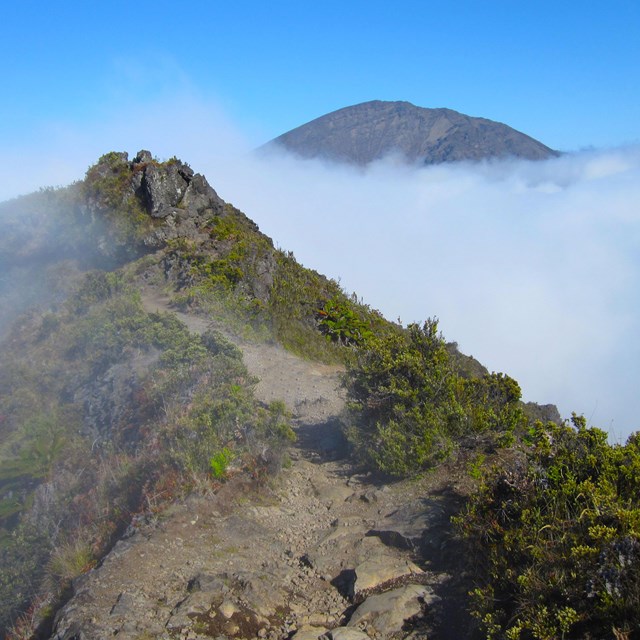 Climate
ClimateClimate is widely recognized as a major driver for both terrestrial and marine ecosystems
-
 Early Detection of Invasive Plants
Early Detection of Invasive PlantsEarly detection of invasive plant species is a key component in helping to curtail the spread of noxious weeds into surrounding areas
-
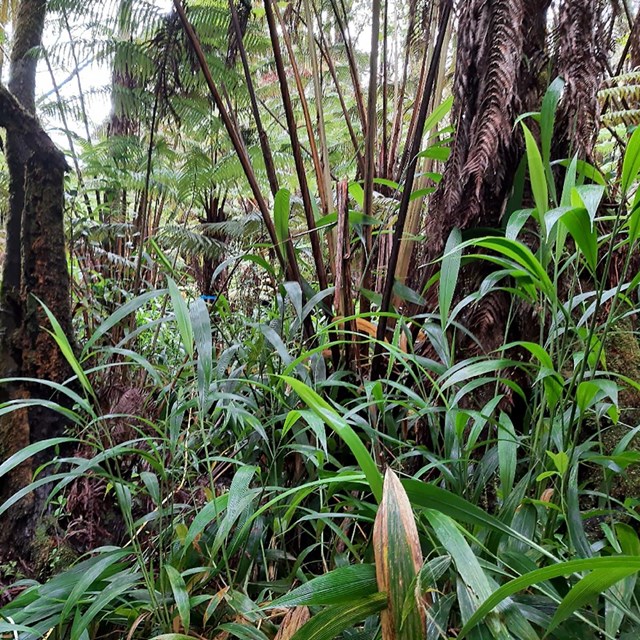 Established Invasive Plant Species
Established Invasive Plant SpeciesNonnative plant species invasions present a serious threat to Pacific island ecosystems
-
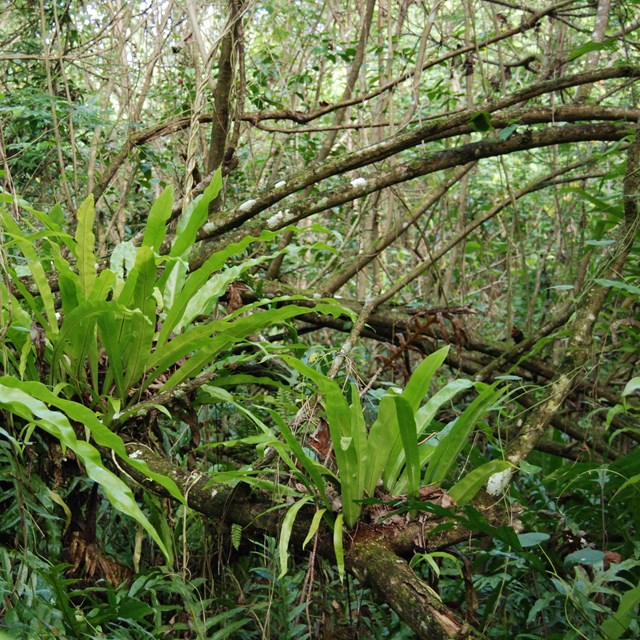 Focal Terrestrial Plant Communities
Focal Terrestrial Plant CommunitiesLong-term vegetation monitoring helps us determine plant community health, ecosystem stability, and the effectiveness of management
-
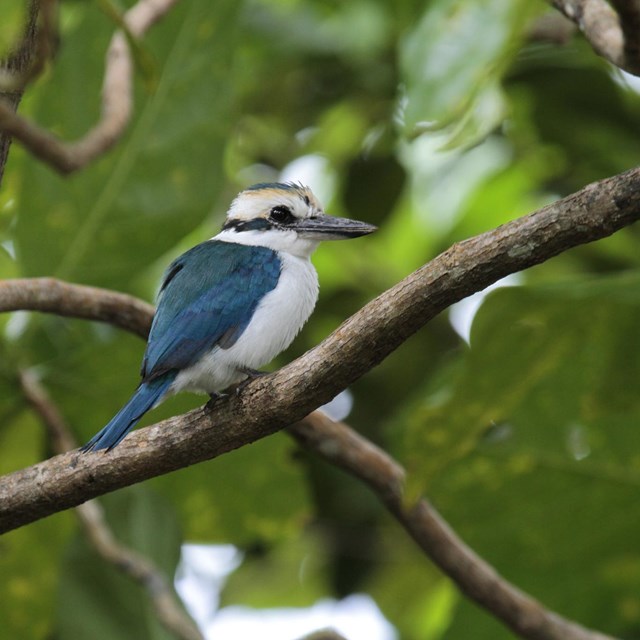 Landbirds
LandbirdsOn Pacific islands, birds pollinate the majority of woody plant species and disperse their seeds
-
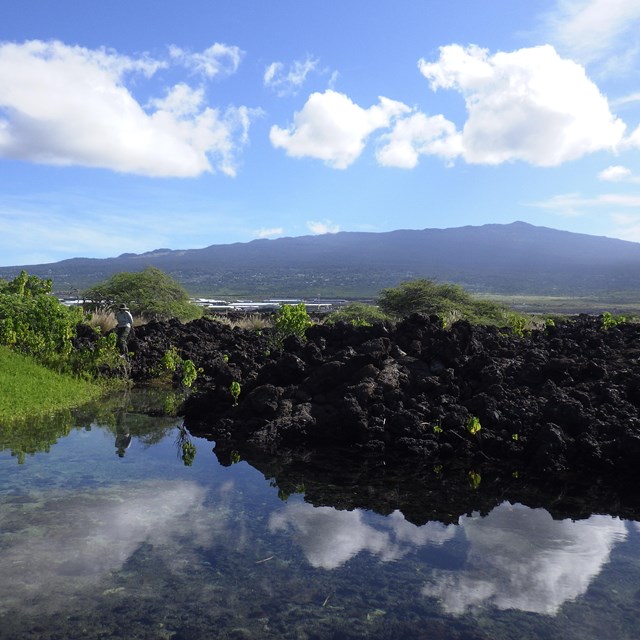 Landscape Dynamics
Landscape DynamicsLandscape dynamics monitoring in parks provides information on land use and land cover change
-
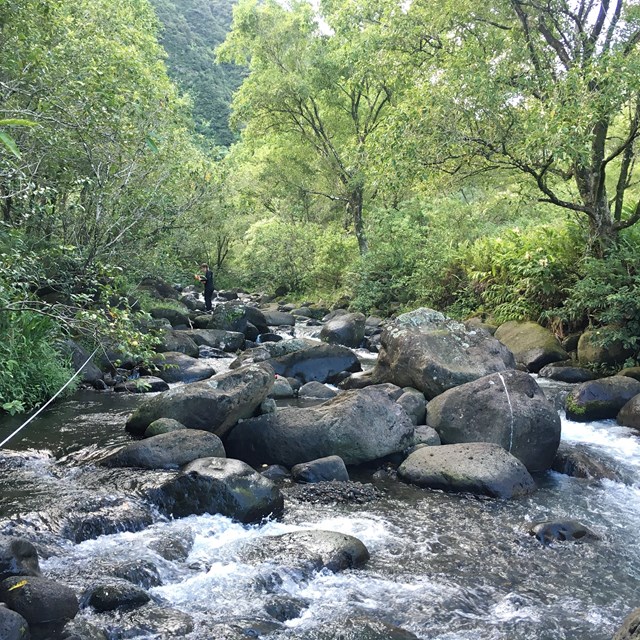 Stream Communities
Stream CommunitiesFreshwater ecosystems are considered to be among the world's most vulnerable
-
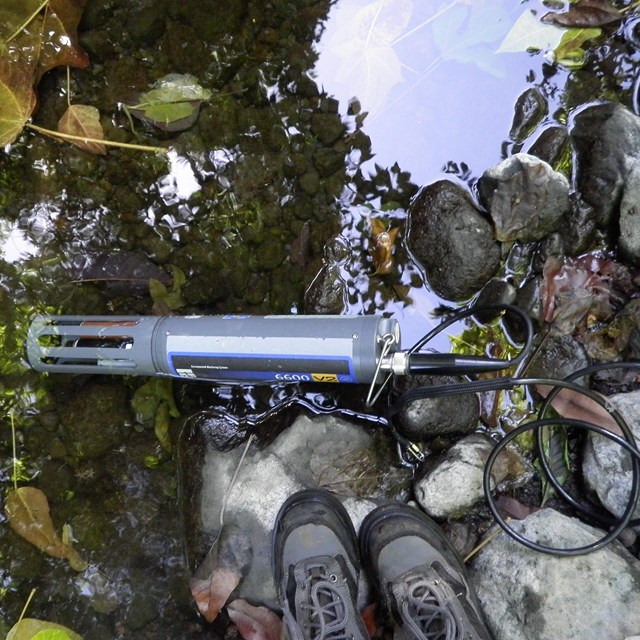 Water Quality - Fresh & Brackish
Water Quality - Fresh & BrackishFresh and brackish water quality monitoring occurs in places like streams and anchialine pools

PACN I&M Inventory and Monitoring Reports, Protocols, and Articles from Haleakalā National Park
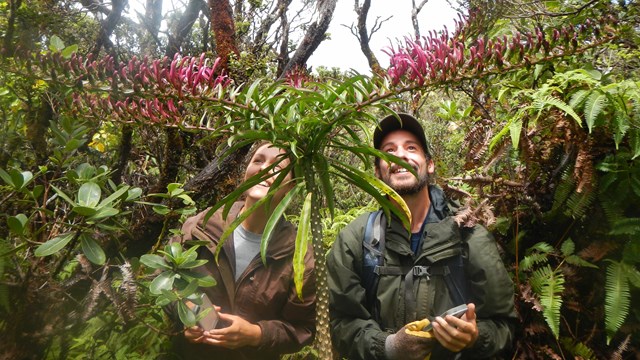
Discovering species in our parks
Last updated: September 12, 2024
